Original Article: 【売却時は引き継ぎ必須!】長期優良住宅の媒介時に欠かせない承継義務について、アナタは理解できていますか?
“Certified housing” is housing which has been certified in accordance with the “Act on Promotion of Long-Term Quality Housing.”
However, the term “certified housing” is not well recognized, so it may be better to use the term “excellent long-term housing.”
The certification system was launched on June 4, 2009 (certification for additions and renovations of existing houses began on April 1, 2016), but according to the Ministry of Land, Infrastructure, Transport and Tourism, the number of certified houses alone reached approximately 1,446,000 as of March 2023.
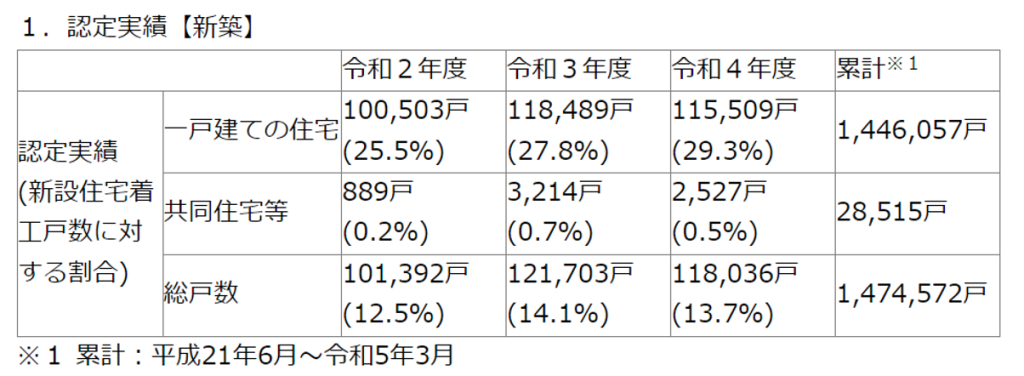
The total number of long-term quality housing units has increased, and with it the exposure of information on properties for sale and purchase has also increased.
Even At Home, a major real estate portal site, has published a page dedicated to special features on existing single-family homes with excellent long-term quality housing.
As you know, long-term quality housing has the necessary structure and equipment for long-term use, as well as energy-saving performance and earthquake resistance, and is also designed with consideration for the living environment and natural disasters, so it can be said to be “housing that can be purchased with peace of mind.”
With the rising cost of electricity and other forms of energy, awareness of the environmental impact of housing has been on the rise, and “excellent long-term housing” alone is enough to make a property more appealing.
However, when dealing with these types of homes, it is necessary to “carry out maintenance and preservation based on a maintenance and preservation plan and preserve records of such activities,” and the purchaser must obtain approval from the competent authorities.
In other words, special procedures, time and effort are required for the purchase and sale of excellent long-term housing, so proceed with caution.
If these are not properly understood and explained to the seller and buyer, there is a high probability that problems will occur.
In this blog, we will explain the knowledge required when dealing with excellent long-term housing.
What is a Maintenance and Preservation Plan?
Long-term excellent housing is certified if it meets the certification criteria for building performance at the design stage, including energy efficiency, seismic resistance, variability, antidegradation measures, and ease of maintenance and renewal, and if it meets all the requirements for living environment, living area, and disaster considerations.
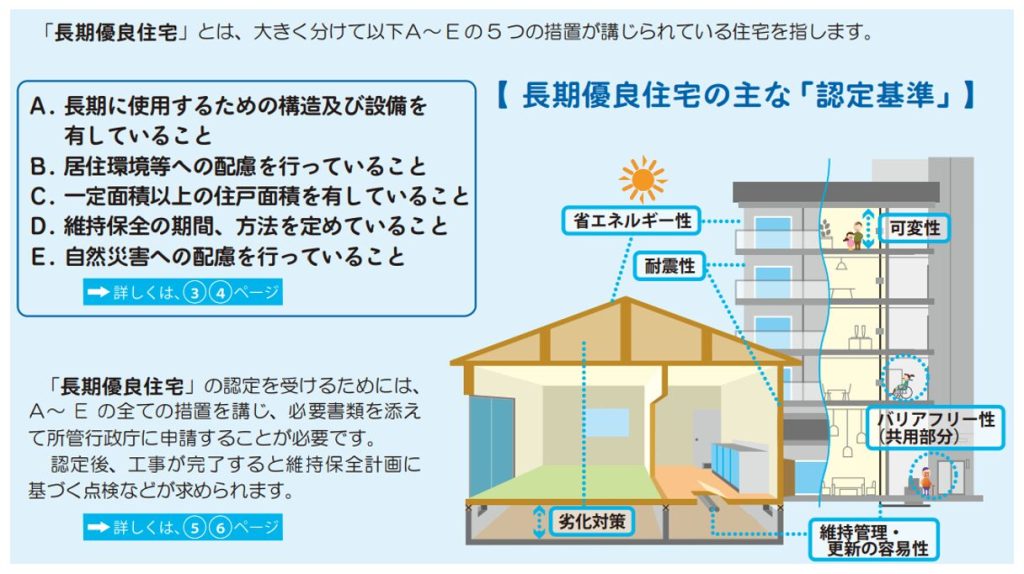
The basic performance requirements for a house are high, and a basic grade or higher is required for all five performance items.
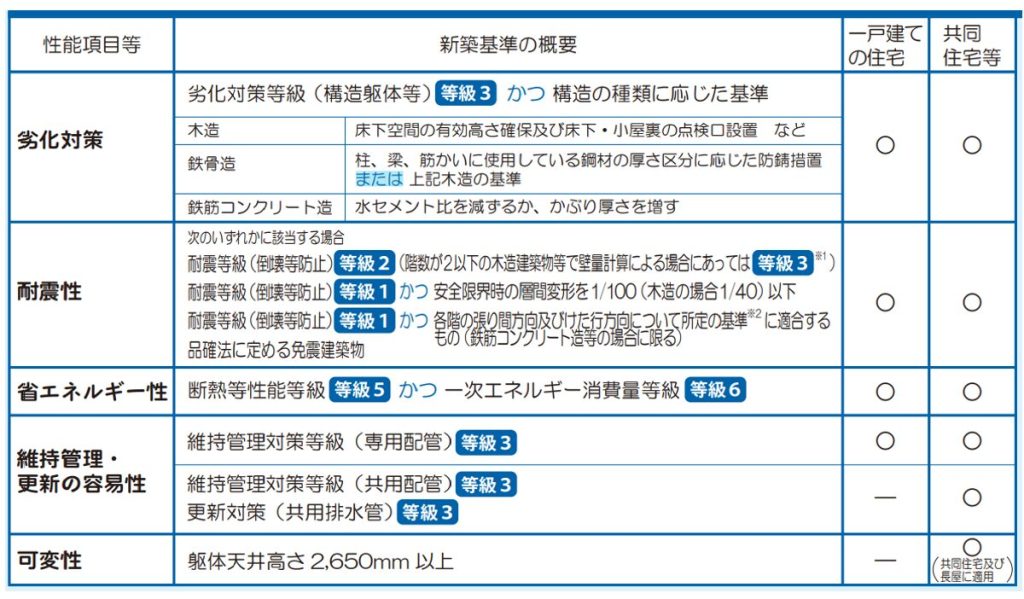
For example, the highest insulation grade and primary energy consumption grade required to ensure energy conservation will be the highest grade in the new 2022 standards.
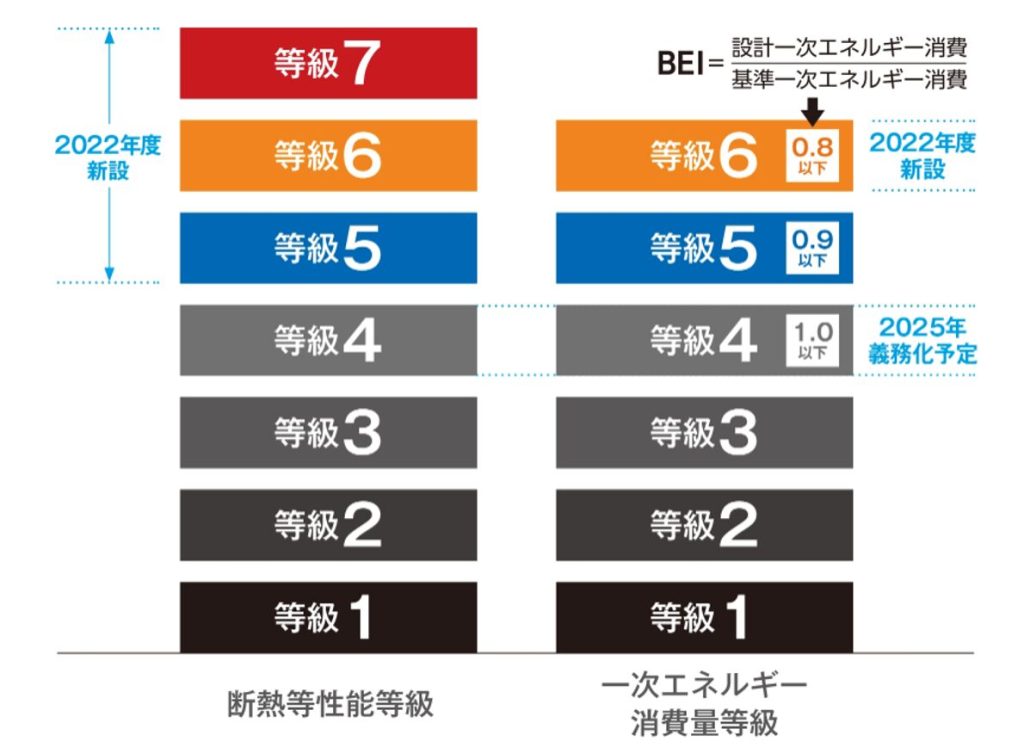
Generally, building performance and construction costs are proportional, so it is no wonder the construction cost of excellent long-term housing is relatively high.
However, the benefits of superior long-term housing, such as the use of various subsidies, reduced mortgage interest rates, special tax measures, and reduced earthquake insurance premiums, are also available.
The reason why they are eligible for such subsidies, etc. is because they are such valuable buildings.
Since the system for long-term quality housing was established to “promote quality housing that can be used for a long period of time in order to improve living conditions and reduce environmental impact,” maintenance must be planned from the design stage and properly carried out based on such plan.
The maintenance plan must cover a period of 30 years or more, with inspections to be conducted every 10 years or less, and if repairs or improvements are deemed necessary, they must be carried out.
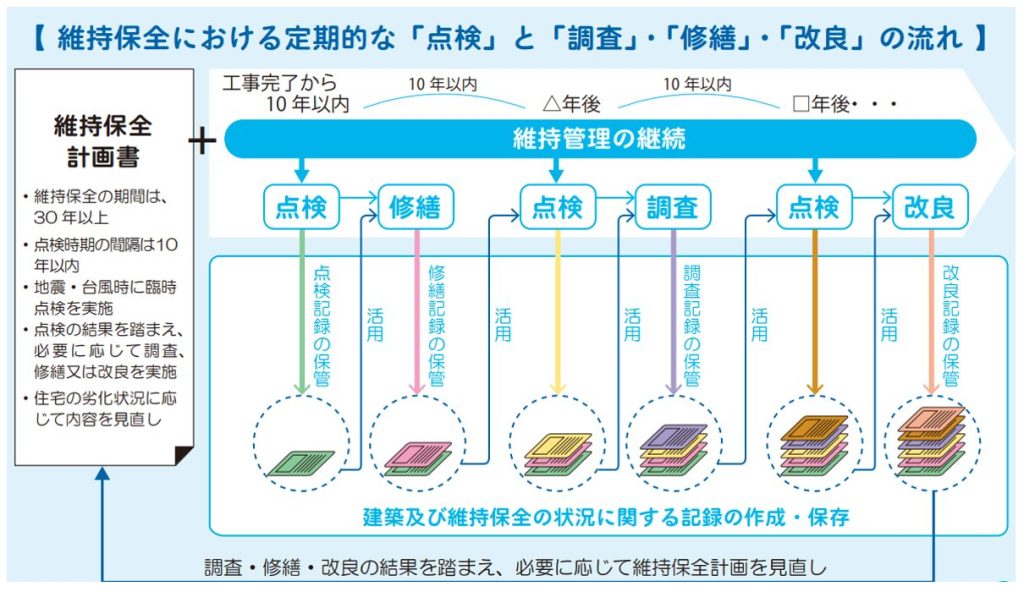
In the event of natural disasters such as earthquakes and typhoons, it is also obligatory to conduct extraordinary inspections. In addition, if inspections reveal significant deterioration, the long-term repair reform itself must be reviewed.
A frequently asked question is, “Who conducts inspections of long-term quality housing?” is one of the most common questions.
The system does not require inspectors to have any special qualifications, so owners can perform inspections themselves.
However, since it is difficult for the general public to judge the state of deterioration. The owner will usually ask the house builder or a third-party diagnostic company to perform the inspection.
In general, the house builder who constructed the house will charge an inspection fee for a certain period of time (e.g., 10 to 20 years), but if the inspection results indicate that repairs are necessary, the construction cost will be charged (except for the scope of the manufacturer’s warranty).
Repairs made by the house builder are reassuring, but at the same time expensive. Therefore, there are many cases where repairs are requested by other construction companies. However, if work is performed by a different company during the manufacturer’s warranty period, the work may be excluded from the manufacturer’s compensation, so care should be taken to confirm this in advance.
Maintenance and Preservation Record Form
There is no set format for maintenance and preservation records. Normally, you may use the one attached to the file given to you by the home3 builder at the time of property delivery, but there is no problem in using, for example, the maintenance and preservation record sheet provided by the Japan Housing Finance Agency (JHF) as shown below.
The important thing is to perform the required inspections and repairs at the end of each certain number of years and keep a record of such inspections and repairs.
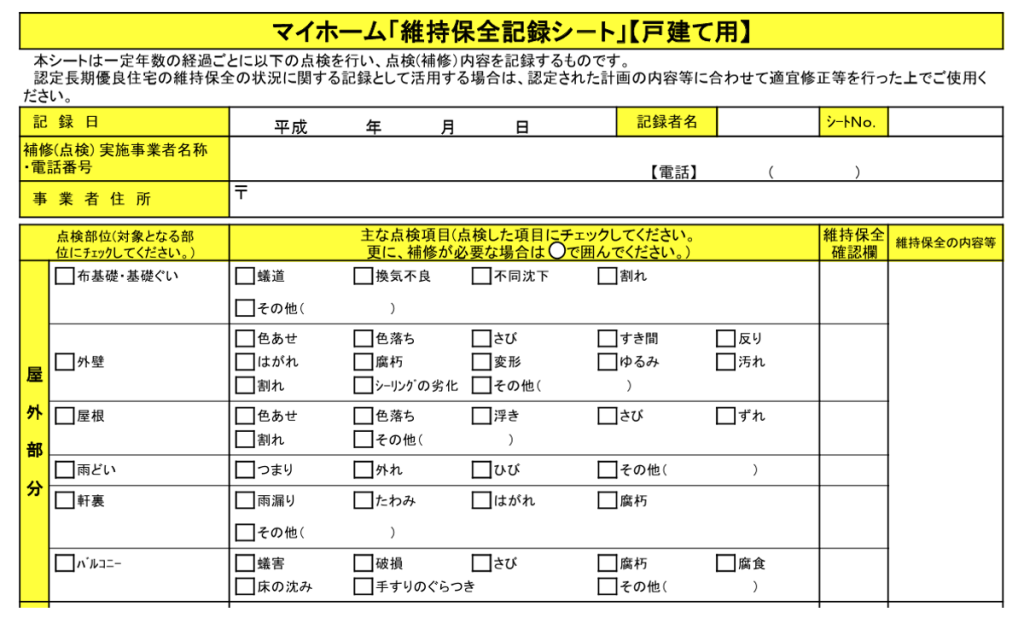
Long-term quality housing is not something only major house builders can build. Smaller construction companies can also be certified as long as they meet the required criteria.
However, the repair plan required for Long-term Quality Housing is for a period of 30 years or longer.
The best way to request maintenance is to ask the company which built the house to do so, but for small-scale construction companies, bankruptcy risk must be taken into consideration.
The author has also received a number of inquiries such as, “The construction company which built the house has gone bankrupt. What should I do about periodic inspections in this case?”
We explain that the owner is allowed to conduct inspections, but if you want to be sure, we recommend the use of a third-party inspection company.
Incidentally, the cost of hiring a third-party diagnostic company is about the same as that of an inspection, approximately 50,000-100,000 yen.
In addition, while extra inspections are obligatory in the event of natural disasters such as earthquakes and typhoons, they may be more frequent in some areas than others. It would be wasteful to have a third-party diagnostic company perform such inspections and incur the cost each time.
As mentioned earlier, owners are allowed to conduct inspections themselves. If no damage has occurred, it is sufficient to check with your own eyes.
The most important thing is to perform the inspection and keep a record of it.
Ensure reporting to government agencies
When more than five years have passed since the construction of a long-term excellent housing, a report on the inspection and maintenance status may be requested by the competent administrative agency.
A “report” will be mailed to the owner of the house selected from the houses concerned.
If you receive a request form (report) in the mail, you must respond to it.
Failure to report or making a false report may result in a fine of up to 300,000 yen.
In addition, if appropriate maintenance is not carried out in accordance with the long-term repair plan, the competent administrative agency will demand improvements, and if you do not comply, your certification may be revoked.
The report is not a difficult format. The contents are almost the same as those of the Maintenance and Preservation Record Sheet.
If periodic inspections are properly conducted, the report can be prepared simply by transcribing the contents of the inspections.
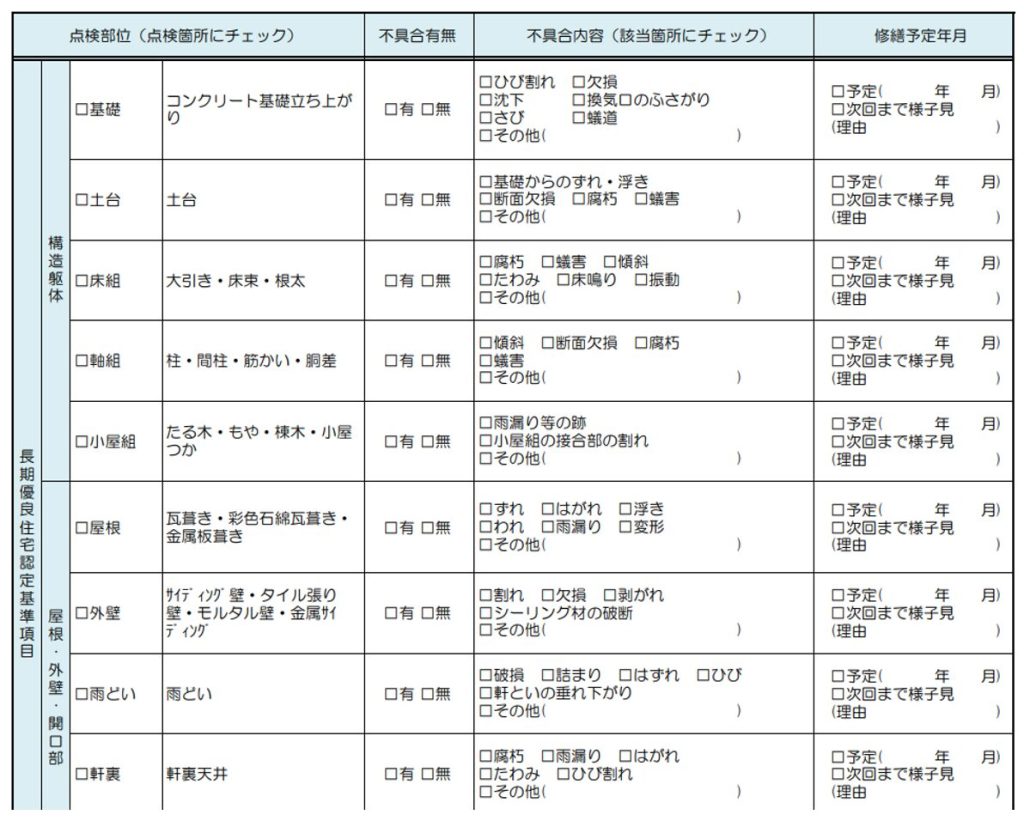
Return the report with no omissions, and that is the end of the report.
Succession of rights and obligations not to be forgotten
When dealing with long-term quality homes, important information such as the owner’s obligations and documents required for the sales process must be properly explained to both parties to the contract.
The seller is required to ensure that the certification notice, approval notice, and maintenance and preservation plan are passed on.
The buyer (including heirs) is required to apply to the competent administrative agency for taking over the certification and obtain approval.
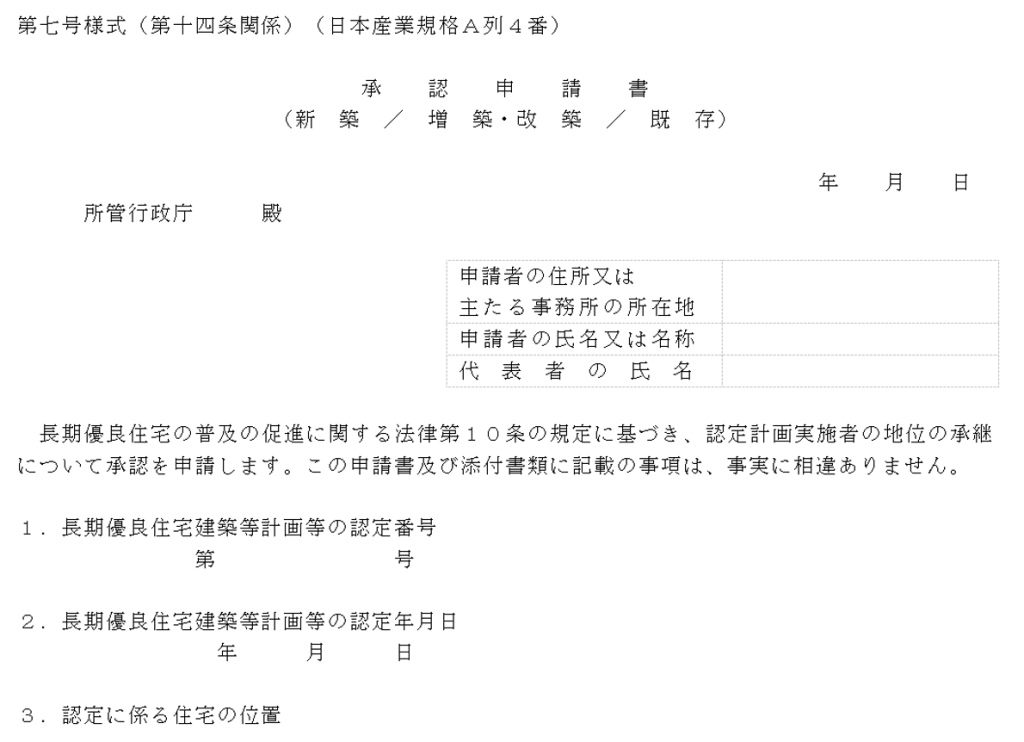
In addition to a change authorization notice, an approval notice, and a maintenance and preservation plan, the application may also require submission of a maintenance and preservation status report, depending on the administrative agency.
The seller’s representation is required to submit each necessary attached document for application, and the buyer’s intermediary is required to submit the application.
It is a good idea to prepare them before the transaction so that you will not be in a panic when the time comes.
The Ministry of Land, Infrastructure, Transport and Tourism has issued the following reminders to mediation contractors, etc.
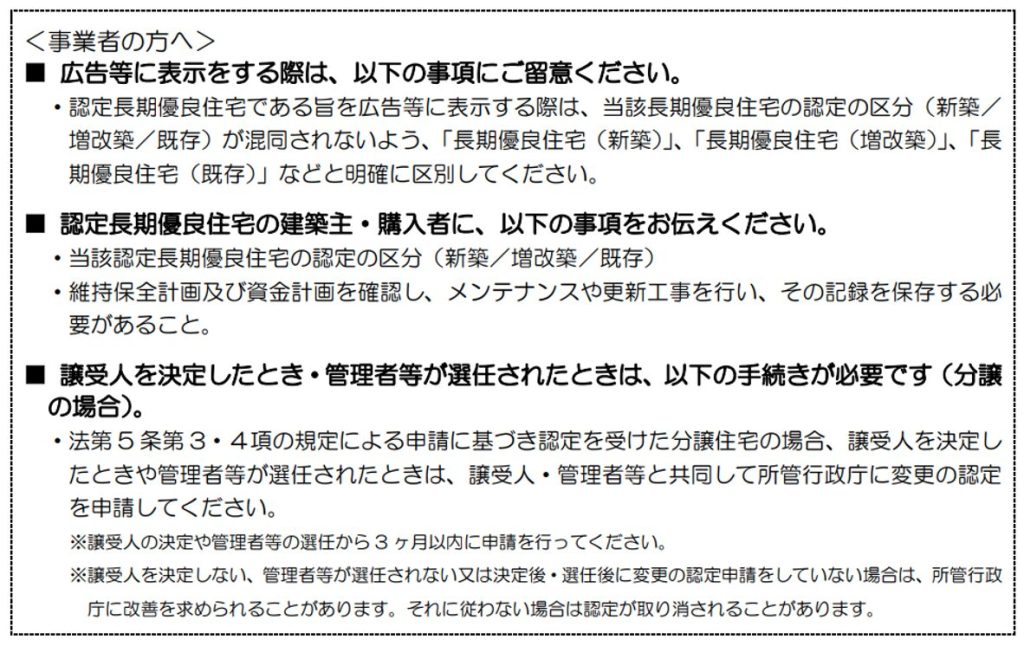
Long-term quality housing, which offers a variety of benefits, has attracted a lot of attention and has appeal as a property, but it is important to understand that there are also caveats associated with it.
Summary
In this issue, we have explained in detail the precautions to be taken when dealing with certified long-term quality housing, so-called “superior long-term housing,” especially with regard to maintenance records.
Architectural knowledge is required to understand the various conditions (energy-saving performance, variability, seismic resistance, etc.) under which a long-term housing can be certified. Many intermediaries tend to think that “buying and selling is their job,” and lack the awareness to actively learn about architectural knowledge.
However, when dealing with excellent long-term housing, they are obligated to provide accurate explanations to their clients, and they cannot neglect to provide such explanations simply because they lack such knowledge. In particular, it is necessary to ensure that the client understands the implementation of long-term repairs and the obligation to record such repairs, as explained in this article.
If you fail to explain, you will be charged with breach of duty.
Long-term quality housing offers many advantages such as performance, comfort, preferential interest rates, and tax breaks, but its benefits are only possible because it is based on the “spread of quality housing.”
Housebuilders, which expect orders for new housing to decline in the future due to soaring construction costs and the declining birthrate, are focusing on remodeling and the purchase and resale of their own properties.
Since it is the housebuilders’ employees who handle the sales of resale homes, they cannot compete in terms of knowledge unless they work very hard.
We real estate agents need to learn to handle and service these types of homes.
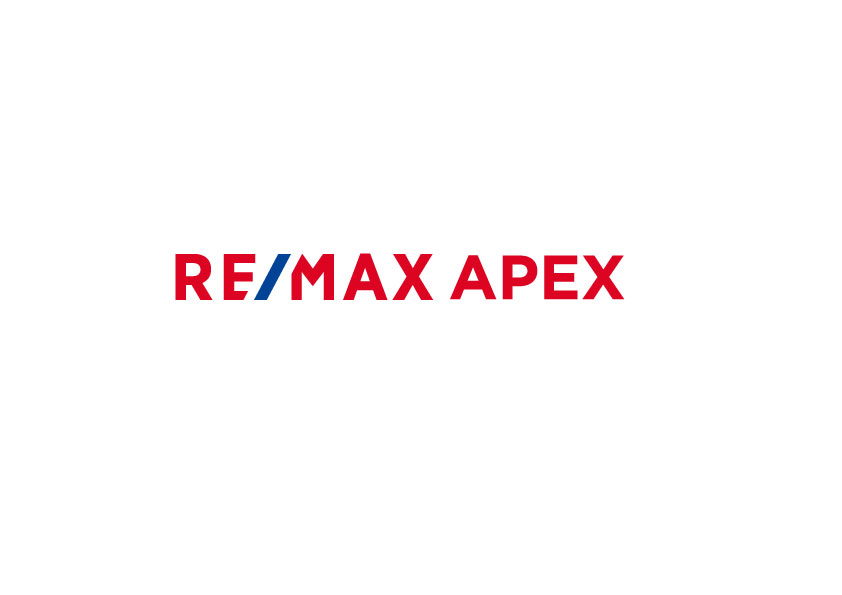
For additional information or any questions please contact us here
Email: info@remax-apex.com

